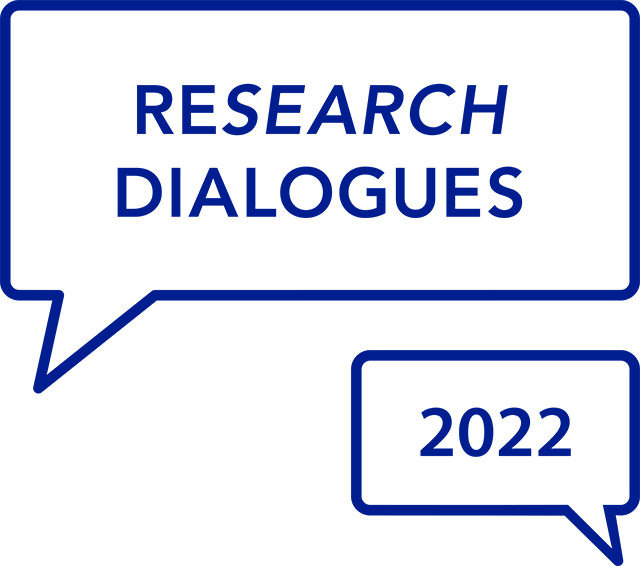Learning Robotics Concepts with Lego Spike Essential: Data Collection 2021 with Pre-service Teachers
Publisher
University of Tennessee at Chattanooga
Place of Publication
Chattanooga (Tenn.)
Abstract
This program focused on work with Lego Spike Essential robotics, which is a kit for student use in grades 1 to 5. Each teacher self-evaluated knowledge and skills, before and after a 6-hour workshop. Though there were five workshops, each teacher completed the evaluation for only the first workshop attended.
Xia and Zhong (2018) reviewed 22 papers on teaching and learning robotics content knowledge in K-12. Among the findings was that the questionnaire was one of the commonly-used assessment tools. Kim et al. (2015) studied preservice teachers’ STEM engagement, learning, and teaching via robotics. They found improvement in STEM engagement, as measured through emotional, behavioral, and cognitive factors. Tsai et al. (2019) developed a computer programming efficacy scale which can be applied to robotics education. The five subscales included Logical Thinking, Algorithm, Debug, Control, and Cooperation.
During the fall semester of 2021, 20 teacher participants provided survey data for the efficacy scale (Tsai et al., 2019) and a Lego (2016) creativity self-report. The goal was to provide high-quality, teacher professional development to increase knowledge and instructional skills for integrating robotics into the elementary grades (1-5) classroom. The measurable objectives were the following:
1. There will be a statistically significant increase in teachers’ scores on a 16-item, computer programming efficacy survey, between administrations of the instrument. 2. There will be a statistically significant increase in teachers’ scores on the five sub-scales of the computer programming efficacy survey, between administrations of the instrument. 3. There will be a positive correlation between the post-test score on the computer programming efficacy survey and the Lego creativity self-report.
Results showed a significant increase in computer programming efficacy and significant increases in sub-scale scores. There was a medium, positive correlation between the scores on the efficacy survey and the creativity self-report.
Document Type
posters
Language
English
Rights
http://rightsstatements.org/vocab/InC/1.0/
License
http://creativecommons.org/licenses/by-nc-nd/4.0/
Recommended Citation
McAllister, Deborah A. Ed.D. and Glidden, Jared L., "Learning Robotics Concepts with Lego Spike Essential: Data Collection 2021 with Pre-service Teachers". ReSEARCH Dialogues Conference proceedings. https://scholar.utc.edu/research-dialogues/2022/proceedings/13.
Learning Robotics Concepts with Lego Spike Essential: Data Collection 2021 with Pre-service Teachers
This program focused on work with Lego Spike Essential robotics, which is a kit for student use in grades 1 to 5. Each teacher self-evaluated knowledge and skills, before and after a 6-hour workshop. Though there were five workshops, each teacher completed the evaluation for only the first workshop attended.
Xia and Zhong (2018) reviewed 22 papers on teaching and learning robotics content knowledge in K-12. Among the findings was that the questionnaire was one of the commonly-used assessment tools. Kim et al. (2015) studied preservice teachers’ STEM engagement, learning, and teaching via robotics. They found improvement in STEM engagement, as measured through emotional, behavioral, and cognitive factors. Tsai et al. (2019) developed a computer programming efficacy scale which can be applied to robotics education. The five subscales included Logical Thinking, Algorithm, Debug, Control, and Cooperation.
During the fall semester of 2021, 20 teacher participants provided survey data for the efficacy scale (Tsai et al., 2019) and a Lego (2016) creativity self-report. The goal was to provide high-quality, teacher professional development to increase knowledge and instructional skills for integrating robotics into the elementary grades (1-5) classroom. The measurable objectives were the following:
1. There will be a statistically significant increase in teachers’ scores on a 16-item, computer programming efficacy survey, between administrations of the instrument. 2. There will be a statistically significant increase in teachers’ scores on the five sub-scales of the computer programming efficacy survey, between administrations of the instrument. 3. There will be a positive correlation between the post-test score on the computer programming efficacy survey and the Lego creativity self-report.
Results showed a significant increase in computer programming efficacy and significant increases in sub-scale scores. There was a medium, positive correlation between the scores on the efficacy survey and the creativity self-report.


